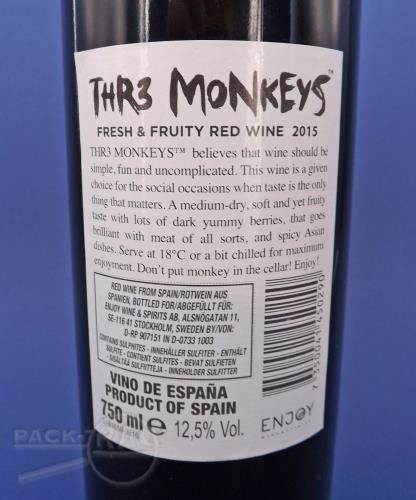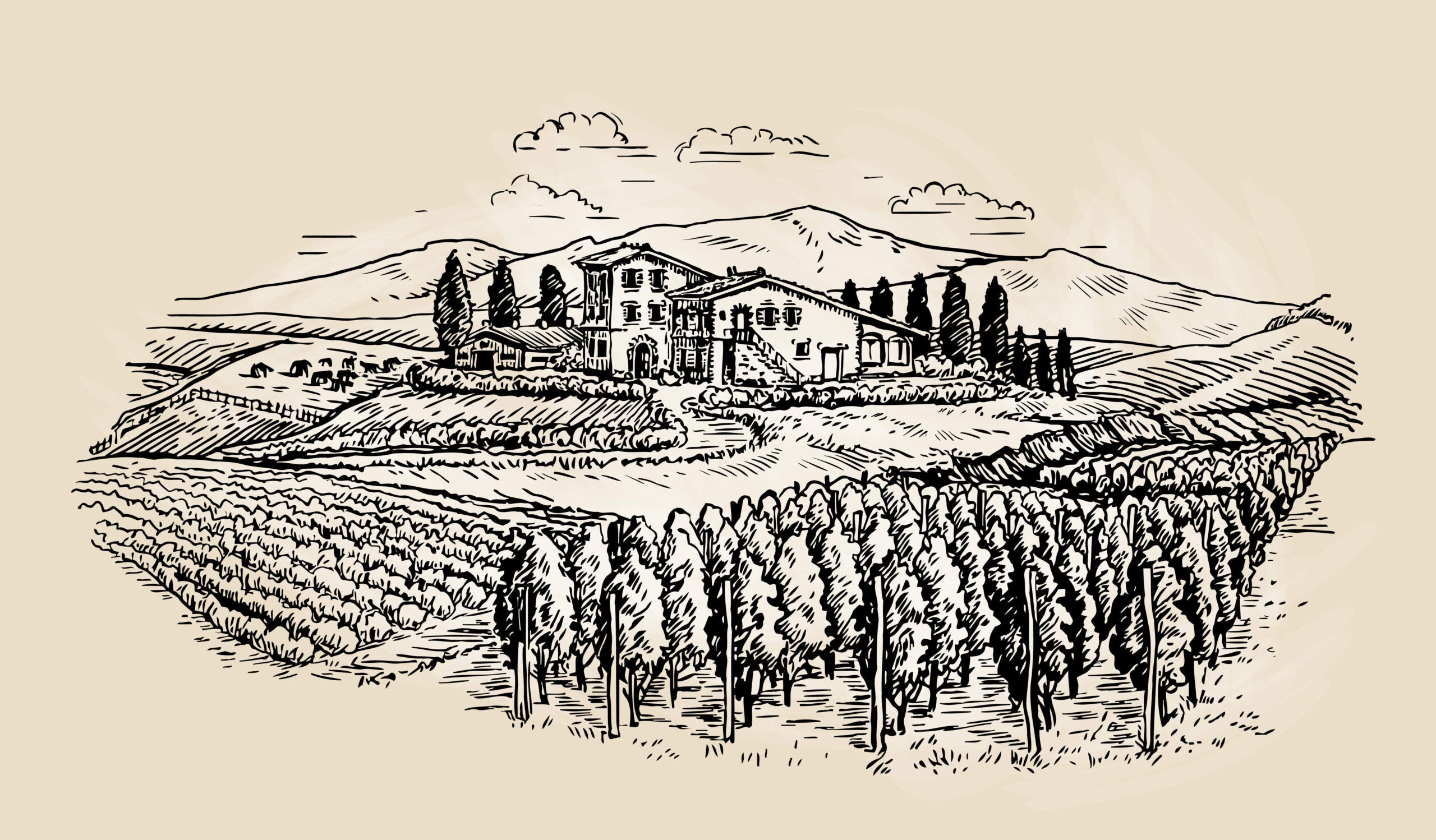In wine retailing, the phrase “I bought it because it has a pretty label” is a daily occurrence for sales people.
After working hard to explain the benefits of malolactic fermentation in a full bodied Chardonnay, or the benefits of high altitude vines in an Argentine Malbec, it is easy to see why this could cause some frustration.
But with wine producers increasingly rebranding their labels to stand out on shelves, simply looking good will soon not be enough.
Luckily for producers, according to a recent study from the University of Adelaide, there is a way to alter this by engaging consumers with in-depth descriptions on labels.
The study found that descriptions about the wine, including aging, body, and flavor profiles, are far more important to consumers than previously thought.
With producers having increasingly viewed these descriptions as nice-to-haves rather than necessities, this will signal an opportunity to differentiate.
How well do you really know your competitors?
Access the most comprehensive Company Profiles on the market, powered by GlobalData. Save hours of research. Gain competitive edge.

Thank you!
Your download email will arrive shortly
Not ready to buy yet? Download a free sample
We are confident about the unique quality of our Company Profiles. However, we want you to make the most beneficial decision for your business, so we offer a free sample that you can download by submitting the below form
By GlobalDataSue Bastian, associate professor of oenology and sensory studies at Adelaide University, claims that:
Cleverly written wine and producer descriptions […] can evoke more positive emotions, increasing our positive perception of the wine, our estimation of its quality and the amount we would be willing to pay for it.
The implications of this open up strong possibilities for wine producers to engage consumers.
Offering in-depth descriptions of the palette, bouquet, and terrior will allow amateur wine enthusiasts to test their knowledge and tasting abilities, playing into wine and cheese tasting nights.
Alternatively, simple labels which highlight large, uncomplicated flavors will appeal to new wine consumers and remove some of the challenge of buying a bottle of wine.
Meanwhile, emotive labelling to encourage engagement is the next step towards influencing purchasing decisions.
Let’s have a look at some examples.
Thr3 Monkeys – Fresh & Fruity Red Wine
This wine gives a simple range of flavors, and recommends both an occasion and a flavor match. This makes it an easy choice to new or irregular wine consumers to pick a bottle which matches their requirements.
With a move towards craft beers in the alcohol market, which often have outlandish names and descriptions, wine labels which are irreverent will appeal to younger legal consumers. Implementing artwork or novel label designs which incorporate humor will play off craft beer’s success here.
50 Reasons & 30 Wishes – White Wine

With humour, combined with an original design, this wine will engage younger consumers seeking fun products.
The edgy phrases in a tickbox style it aims to more actively engage the buyer.







